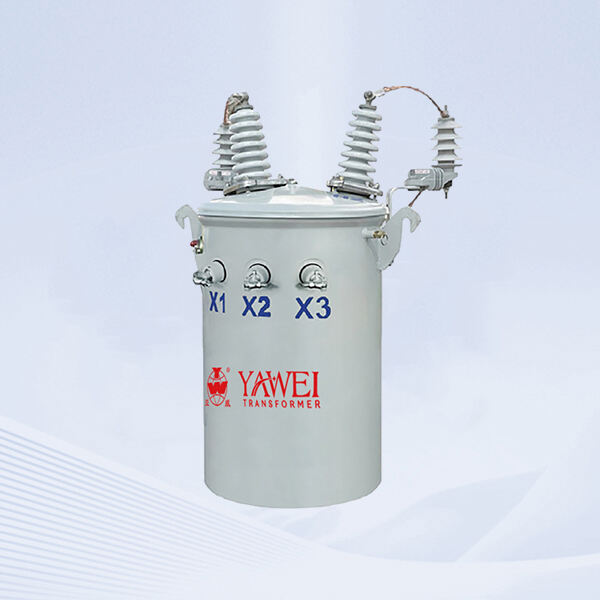If you’ve ever had to deal with a bad transformer, you know the headache. Overheating, nuisance trips, buzzing that makes you question your life choices—and in worst cases, burnt gear or fire hazards. I’ve seen all of it. The reality is, most of these issues can be avoided just by choosing the right transformer and installing it properly. Trust me—it saves you time, money, and a lot of frustration. After working in residential, commercial, and industrial environments, here’s what I’ve learned.
UL, CSA, and IEEE C57.12.01 certification for North American markets
If you’re buying a transformer in the U.S. or Canada, check the certification tag first—it’s not just a sticker, it’s proof it’s been tested.
UL (Underwriters Laboratories): U.S. standard for safety—fire, overheating, and fault protection.
CSA (Canadian Standards Association): Same idea, but for Canadian rules and safety standards.
IEEE C57.12.01: More technical, but it means the transformer can handle real-world loads and short circuits.
I once had a job in Chicago where the inspector walked in, saw the UL and IEEE labels, and signed off in minutes. No hassle. Pro tip: always read the nameplate—if the certs aren’t there, don’t bother.
Grounding and bushing protection to prevent electric shock hazards
This is the part people rush, but it’s where I see the most mistakes. A good transformer can turn dangerous if it’s not grounded right or if the bushings are left exposed.
Grounding: Tie the case to a proper earth ground (rod, grid, or pipe per local code) and check it often. Loose or corroded ground = unsafe system.
Bushings: Think “do not touch” zones. They shouldn’t be cracked, exposed, or within reach. Use shields if people or pets are nearby.
I once saw a warehouse in Dallas with bare bushings right next to a workbench. One slip of a wrench and someone could’ve been fried. We added covers, fixed the grounding, and the danger was gone.
Overcurrent and short-circuit protection integration
Transformers don’t fail quietly—a surge can fry wires, overheat the core, or even start a fire. That’s why fuses and breakers matter.
Right sizing: Too big and they won’t trip; too small and you’ll get constant nuisance trips.
Short circuits: These hit fast. Use quick fuses or instant-trip breakers. Many new transformers even have relays that shut things down automatically.
Test them: A Toronto shop avoided a meltdown because their breaker was the right size and tested—it tripped clean and saved the day.
Fire-resistant materials and arc-flash mitigation features
Transformers run hot, and when faults hit, they can spark arcs—electricity jumping through the air. That’s not just dangerous, it can be explosive. Good transformers use fire-resistant insulation, solid casings, and arc-flash barriers to contain the damage.
Safety isn’t complicated—it’s discipline. Buy units with the right labels, ground them properly, cover the bushings, and size your fuses and breakers right. Then keep an eye on it: inspect for cracked insulation, loose covers, or missing barriers. A five-minute check can stop a five-alarm fire. At the end of the day, it’s not about passing inspection—it’s about making sure everyone goes home safe.


